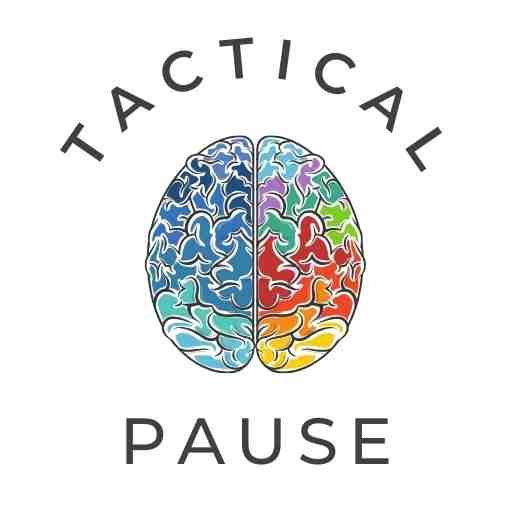Description
Mindfulness Meditation is a practice that involves focusing your attention on the present moment, observing your thoughts, feelings, and sensations without judgment. This type of meditation emphasizes acceptance and being aware of your current state, promoting a sense of peace and clarity. It can be practiced anywhere, at any time, and is often used to reduce stress and enhance overall well-being.
Benefits
- Reduces Stress: Helps lower stress levels by promoting relaxation and acceptance of the present moment.
- Improves Emotional Health: Can reduce symptoms of depression and anxiety, fostering a positive outlook on life.
- Enhances Self-Awareness: Increases your understanding of your own thoughts and behaviors.
- Boosts Focus and Concentration: Improves attention span and cognitive function.
- Promotes Physical Health: May reduce blood pressure, improve sleep, and enhance overall physical health.
Steps
- Find a Comfortable Position: Sit or lie down in a comfortable position. You can sit on a chair, cushion, or lie on your back. Ensure your back is straight but relaxed.
- Close Your Eyes: Close your eyes to minimize distractions and focus inward.
- Focus on Your Breath: Begin by taking a few deep breaths. Then, settle into a natural breathing rhythm, paying attention to the sensation of the breath entering and leaving your body.
- Observe Without Judgment: As you focus on your breath, notice any thoughts, feelings, or sensations that arise. Acknowledge them without judgment and gently return your focus to your breath.
- Expand Your Awareness: Gradually expand your focus to include your body and surroundings. Notice sensations, sounds, and smells, maintaining a gentle, non-judgmental awareness.
- Practice Acceptance: Accept whatever arises during your meditation, whether it’s a thought, emotion, or physical sensation. Let go of the need to change or judge it.
- Continue for a Set Time: Practice for a set period, starting with 5-10 minutes and gradually increasing as you become more comfortable.
- Close the Session: When you’re ready to end the meditation, slowly bring your awareness back to your surroundings. Open your eyes, take a few deep breaths, and take a moment to notice how you feel.
Research
- Mindfulness-Based Stress Reduction (MBSR) Programs: Research on the benefits of mindfulness meditation in reducing stress and improving well-being (Link to Study).
- Effects of Mindfulness Meditation on Emotional Regulation and Stress Reduction: A study highlighting the impact of mindfulness on emotional health and stress management (Link to Study).
Important Note
Mindfulness Meditation is generally safe for most individuals. However, if you have any mental health concerns or conditions, it is advisable to consult with a healthcare professional before starting a new meditation practice. Practice in a safe and comfortable environment to maximize the benefits.
The wellness exercises and content provided on this website are for informational purposes only and are not a substitute for professional medical advice, diagnosis, or treatment. Always consult a healthcare professional before beginning any new exercise regimen, and never engage in these practices in environments where loss of consciousness could lead to injury. Tactical Pause is not liable for any harm or injury resulting from the use of information provided herein.
